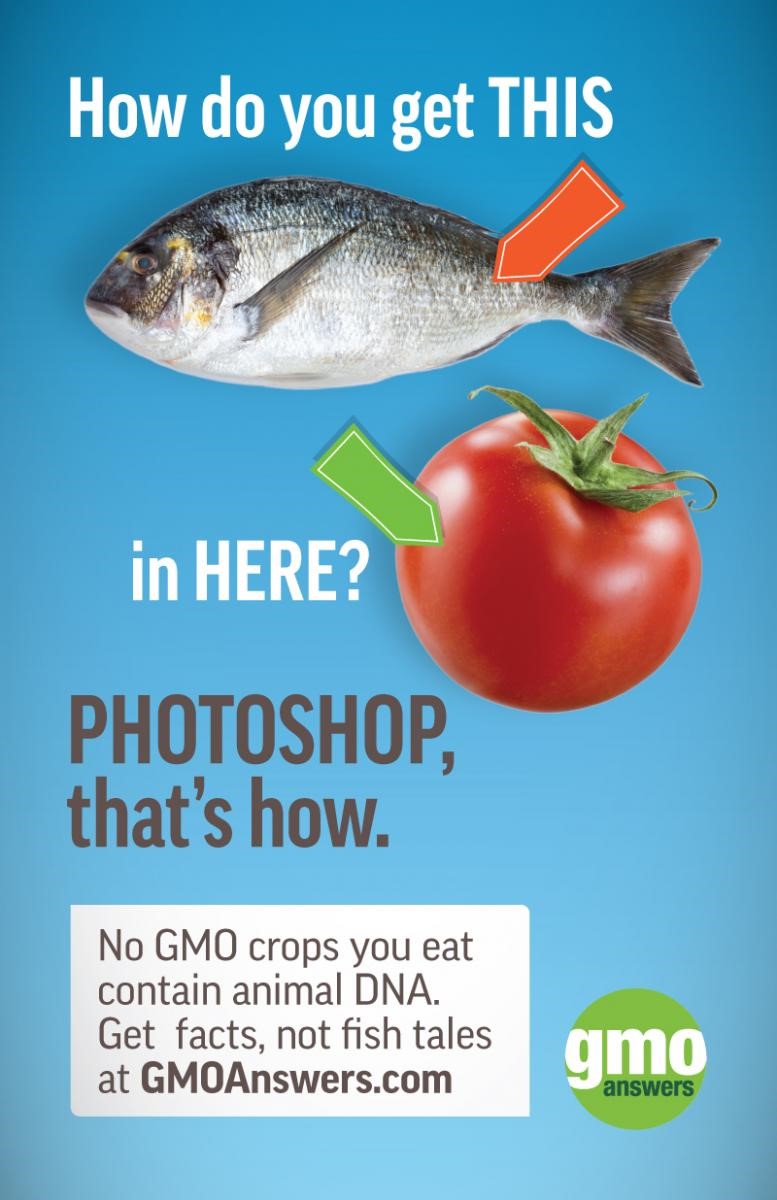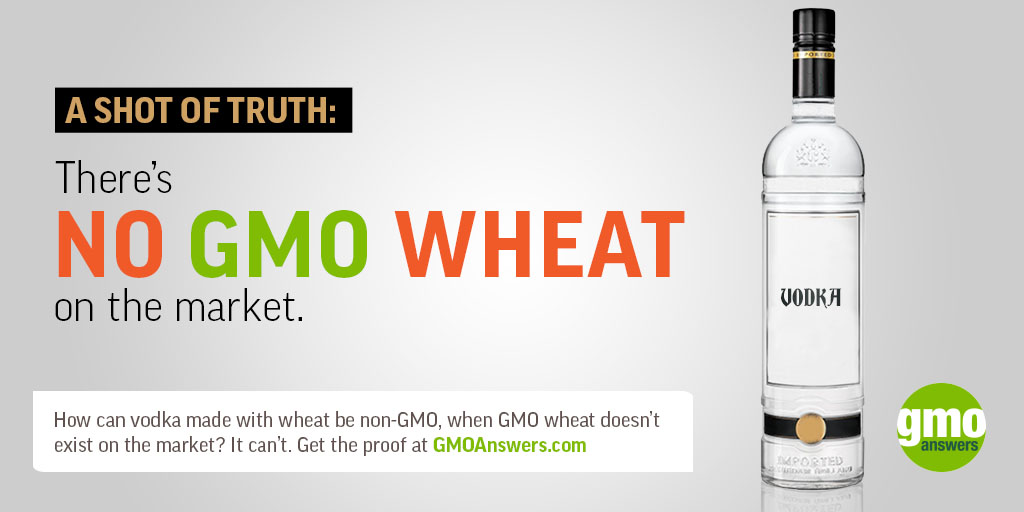Were you GMO fooled this year? Here are the biggest GMO jokes to watch out for
This post was originally published on GMO Answers' Medium page.

By Michael Stebbins
With the amount of myths and misinformation about GMOs permeating the news, online and even grocery stores this year, it seems like every day is April Fool’s Day. But don’t let these fearmongering tactics fool you into believing today’s bogus food trends. Here are some of the biggest GMO jokes that you shouldn’t fall for:
1. You may have heard the myth that GMOs are made by injecting fish DNA into plants.

But here’s what really happens: When scientists create a genetically modified plant, the process begins by identifying a desired trait, like disease-resistance or drought-tolerance, in nature. Once they have identified a trait and isolated the specific gene or genes that control the trait, the next step in development is to transfer the desired gene into a crop plant. A common misconception is that this practice is dangerous, when in fact, the GM improved plant is then extensively tested, and researchers look for differences between the GM plant and its conventional counterpart. Nothing fishy about GM crops here!
2. Food containing ingredients derived from GMO crops is less nutritious.
But, don’t be fooled. There’s no nutritional difference between a GMO and its non-GMO counterpart, unless it has intentionally added nutrients! In fact, an analysis of more than 21 years of research on genetically modified crops found that GMO corn can provide more health benefits than traditional corn.

3. Someone tells you “GM Farmers soak, douse & drench their crops in pesticides."
Don’t fall for it! A common misconception is that the adoption of genetically modified crops has increased the use of pesticides, when just the opposite is true. Over the last 20 years, GMOs have reduced pesticide spraying by just over 8 percent!

4. And the biggest hoax of them all – absent labels.
Maybe you’ve come across “GMO-free” water or “GMO-free” pink Himalayan salt at your local grocery store? Neither of these products have genes that could be edited in the first place, yet the absurd claims of what’s “absent” in food continue, perpetuating fear and negatively shaping people’s perceptions of GMOs. Thankfully, consumers are no longer taking this joke seriously and are calling out companies for fearmongering.

A day of practical jokes can be fun, but when those jokes lead to misinformation about our food beyond April 1, it’s important to know the facts. Get informed so that next time you hear one of these four myths, you’ll have the last laugh.